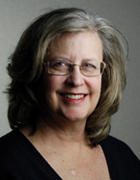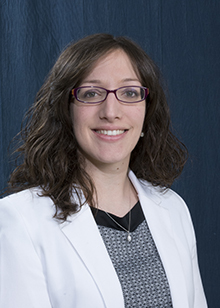How MetroHealth Accelerated Its Market Research Program to Improve Patient Experience
// By Sheryl S. Jackson //
 There is no question that the most effective, successful health programs are designed with the patient in mind, but traditional market research — consumer surveys, focus groups, and individual interviews — is costly and time-consuming. The MetroHealth System, a Cleveland, Ohio-based health system with 7,800 employees and more than 20 locations, including four hospitals, has applied lessons from retailers and other consumer-oriented industries to solicit feedback online.
There is no question that the most effective, successful health programs are designed with the patient in mind, but traditional market research — consumer surveys, focus groups, and individual interviews — is costly and time-consuming. The MetroHealth System, a Cleveland, Ohio-based health system with 7,800 employees and more than 20 locations, including four hospitals, has applied lessons from retailers and other consumer-oriented industries to solicit feedback online.
In 2014, the MetroHealth System’s market intelligence and planning team began building an online community that could participate in ongoing market research. The goal was to create, and continue to grow, a panel of patients and family members who would offer insights into preferences and behaviors and help health system leaders improve services. “We are extremely passionate about bringing the voice of the customer into our planning efforts,” explains Elizabeth Clegg, senior marketing associate at MetroHealth.

Elizabeth Clegg, senior marketing associate at MetroHealth
MetroHealth’s first effort to create an online community panel for research — the “Virtual Patient Neighborhood” — was developed, implemented, and managed in-house. The market intelligence and planning team was responsible for driving panel enrollment through email, social media announcements, community events, and sign-up sheets in different areas of the health system, as well as generating ideas, and developing and distributing surveys. The department of 1.5 people also handled maintenance of the database, analysis of feedback, and presentation of results.
“Our first year, we conducted nine studies, the second year it dropped to six, and there were only four studies in the third year,” says Clegg. While the concept of online panels for feedback was proven effective, the system-owned solution was too resource-heavy to be sustainable, she says. “I found that the focus of my time was on the technical aspects of conducting research versus analyzing data for insights. We needed another tool to improve our efforts.”
